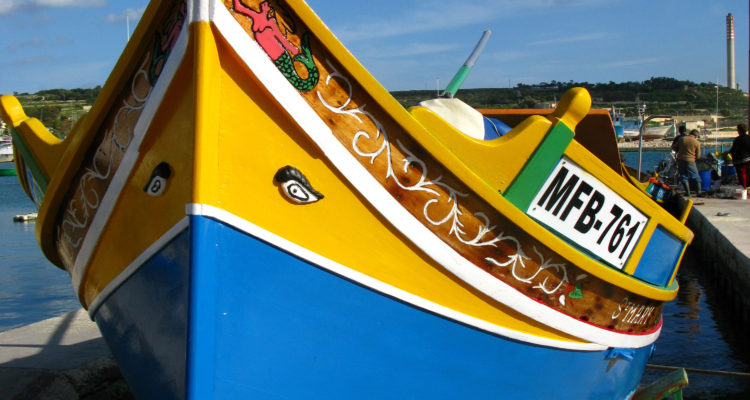Traditions in Malta is something that is very close to many of its people! There are a few traditional jobs that through time have become part of the Maltese identity. Ultimately these jobs became the Maltese traditions!
Bizzilla (Lace)
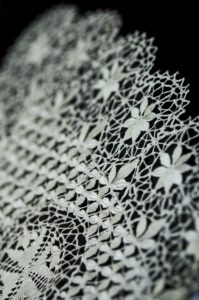
Il-Bizzilla (bitz-tzeella) is the Maltese word for lace. Lace has been part of the Maltese identity since the Knights of St John. Lace was used in clothes and housewares for the Rich and Royals.
The lace is beautiful, but also unique. They made it unique by using the Maltese Cross pattern. The pattern is very intricate, and takes some time to make. The pattern is often traced onto a lace pillow first, then the process begins.
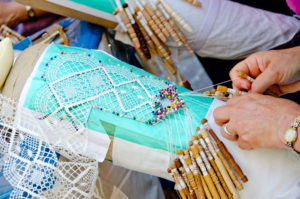
Bobbin pins are placed to keep the delicate threads in place. It is made on an upright lace pillow, winding the threads into the pattern.
Popular products include table center pieces, bridal veils, and hankerchiefs. Historically, lace was exclusively used for embellishing the clothings of clergy. In fact, Queen Victoria had a strong love for Maltese lace.
Il-Bizzilla had lost its importance during the British period. This, however, has changed once again! Today, Bizzilla is highly sought after, both by the locals and the tourists.
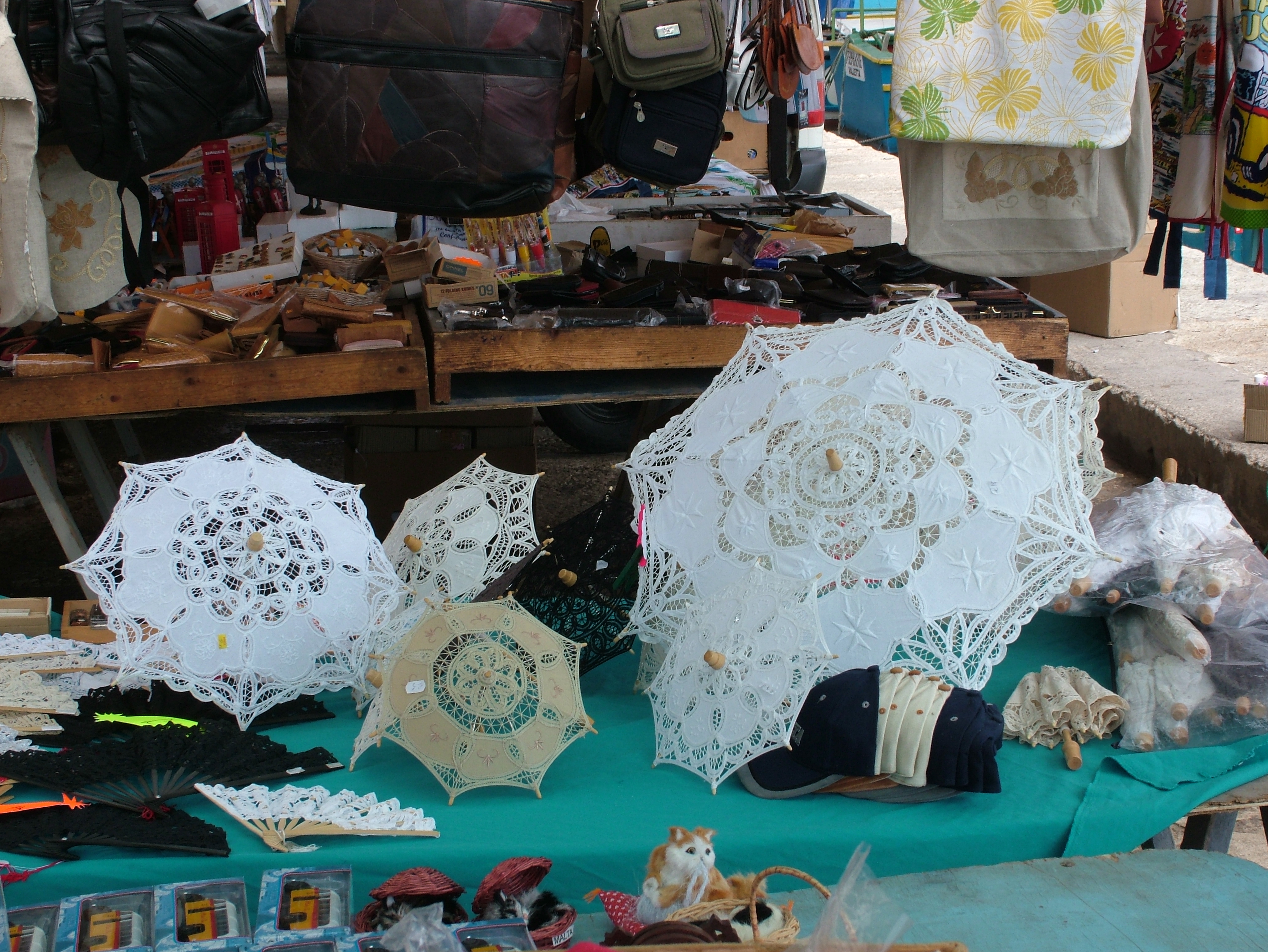
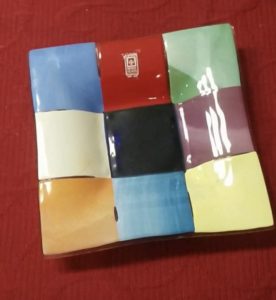 Mdina Glass
Mdina Glass
Mdina Glass opened its door in 1968, interestingly enough by 2 British men. These men, Harris & Dobson, opened the first glass manufacturing on the Island. It was their dream to open a glass making company. They ran Mdina Glass for many years, known for primarily producing small vases, bowls and paperweights that appealed to tourists visiting the islands. They mainly focused on traditional glassblowing techniques and some of the newer techniques in the early to mid 60's.
A man named Joseph Said started working there as an apprentice shortly after they opened for business. He progressed quickly and became the first Maltese manager in 1975. When Harris and Dobson left the business, Joseph took over.
Joseph Said made some changes to the business once he took it over. He introduced new techniques and raw glass making materials. This was so they could expand the portfolio of the company. He also invested in better production facilities and retail areas.
Mdina Glass won the International Award for Traditions in 1987 and the Malta Achievement in the Industry Award in 1992.
Till today, Mdina Glass has kept its tradition of producing hand made fine glass. It is indeed still very popular today!

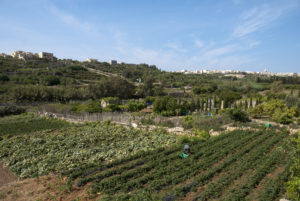 Maltese Farmers
Maltese Farmers
Although Malta is known for plenty of blue but lack of green, there is still enough to have a strong agriculture. Having sufficient water is one of the obstacles for the agriclture industry.The main crops are potatoes, cauliflower, grapes, wheat, barley, tomatoes, citrus, and green peppers. Most of the crops and foodstuffs produced are consumed domestically.
Farmers in Malta have been part of the Maltese History even since the Pre History! From the Ruins and wall paintings, it easily shows how farming has always been part of the Maltese Traditions. Roman historians refer to the islanders’ capacity in producing cotton and honey. Sailing nations and sailors were lured to Malta’s shores by the sheltering natural coves and harbours, and the abundance of agricultural produce to replenish their stores.
Although the farming industry is not a massive industry, it is enough for the Maltese population. One of the most local activity to do on the Island is visiting a farmer's market or the Strawberry Fest in April. Also known as Festa Frawli
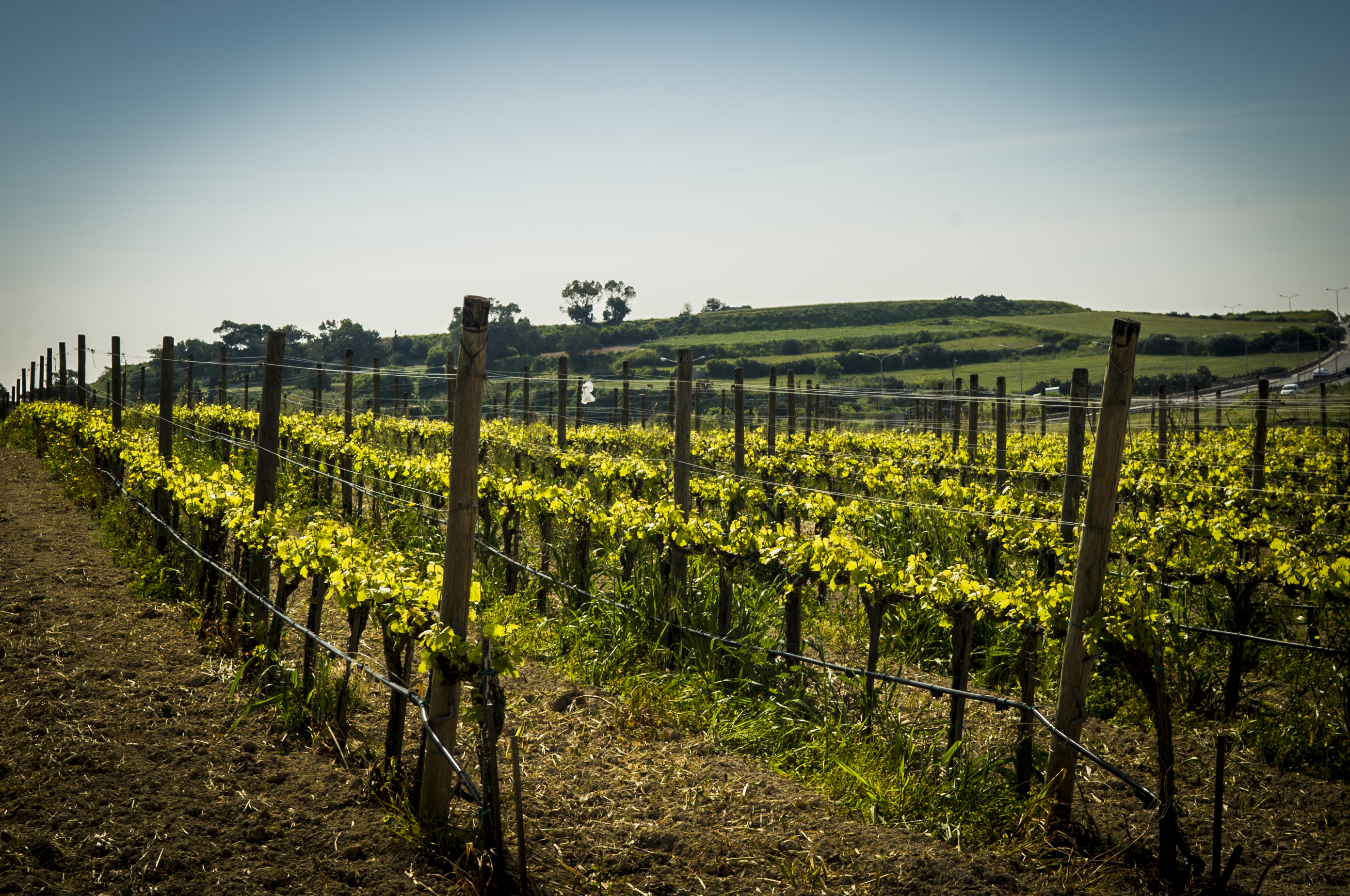
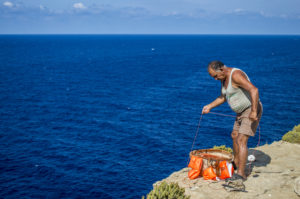 Maltese Fisherman
Maltese Fisherman
Fishing traditions in Malta is as ancient as the Farming industry. Being an Island surrounded by beautiful Mediterranean sea makes fishing a natural choice. Fishing is part of the Maltese Identity. It is indeed a major business on the Island but also for many locals, it is also a Hobby. Fishing is so poplar on the Rock that there is also a Village dedicated to Fishing- Marsaxlokk!!
There are different types of boats used to fish. Traditionally, the Luzzu was used as a fishing vessel. 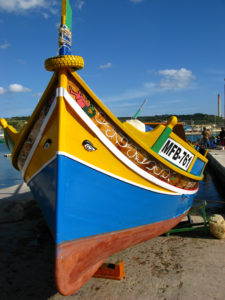 It is pointed at both ends, with colorful paint covering the sides. Before modern registration, the color of the prow of the boat indicated the home port of the fisherman. The hull material is wood, they average at about 6.7 meters in length, and last around 37 years. The design of these boats is believed to originate from Phoenician times in Malta. It has survived because they are so sturdy, and will not become damaged in bad weather.
It is pointed at both ends, with colorful paint covering the sides. Before modern registration, the color of the prow of the boat indicated the home port of the fisherman. The hull material is wood, they average at about 6.7 meters in length, and last around 37 years. The design of these boats is believed to originate from Phoenician times in Malta. It has survived because they are so sturdy, and will not become damaged in bad weather.
Another type of boat is the Kajjik, which is smaller at around 15 feet, and flat on the sides. Historically, they were made of wood, but in recent years fiberglass has been used. They typically last around 19 years, and there are more fiberglass Kijjiks made than wooden ones.
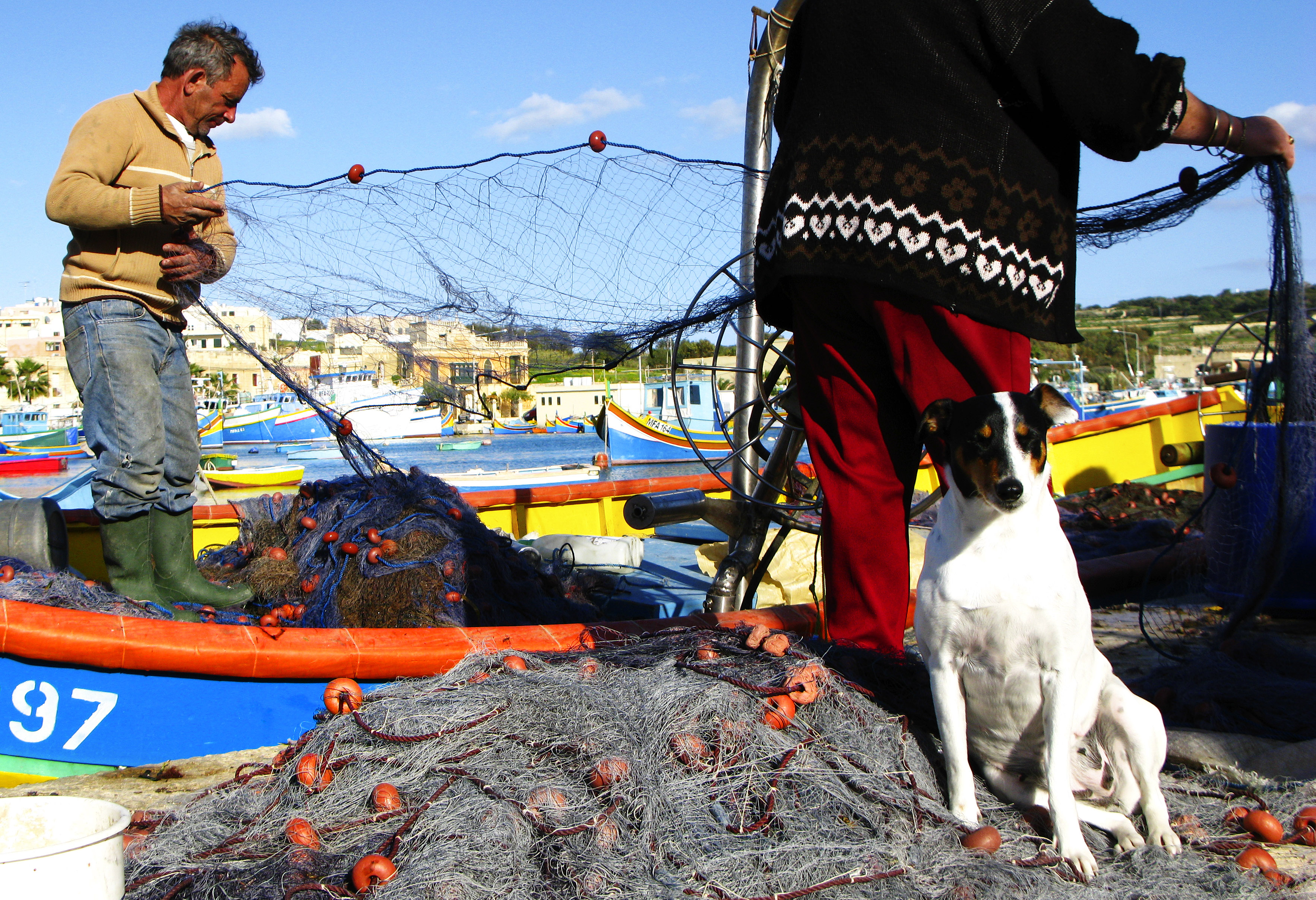
Other Things To Do in Malta

